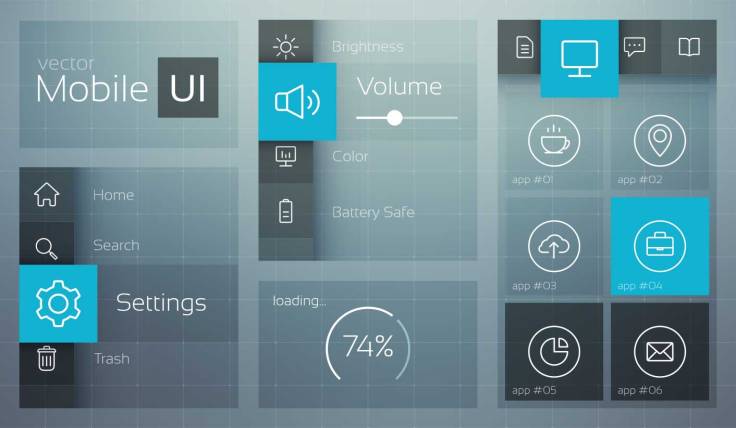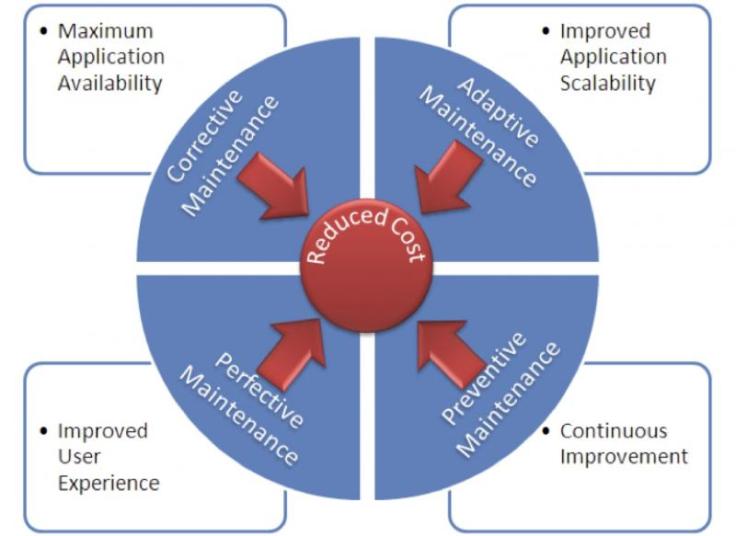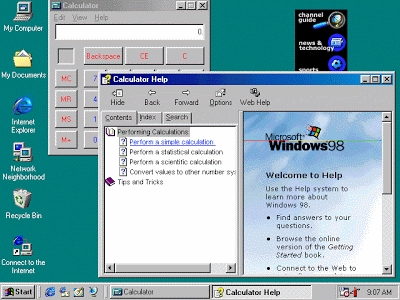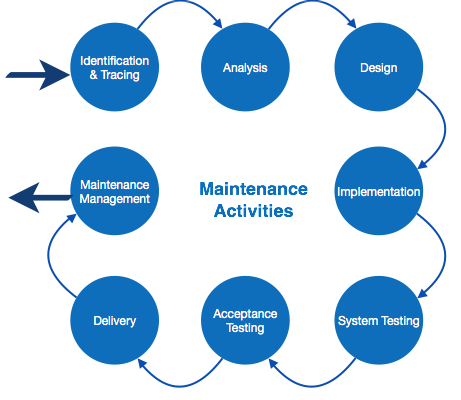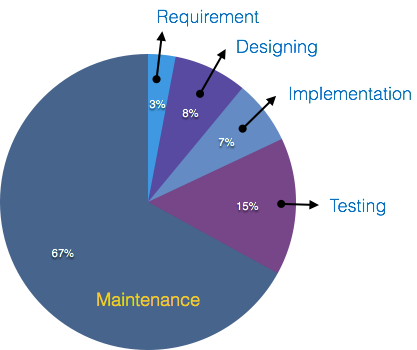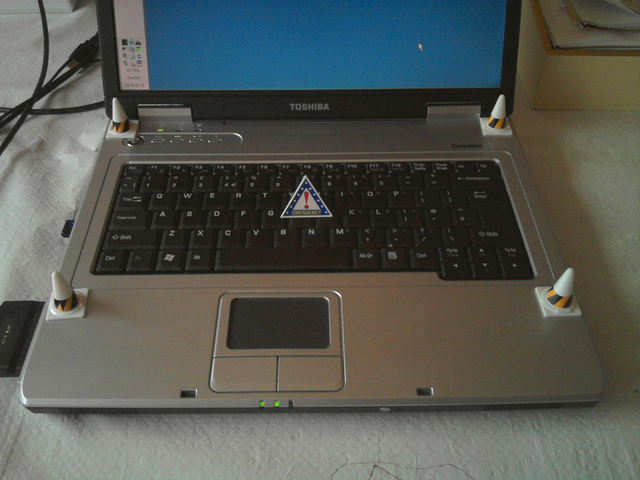Es el diseño de software que se basa en la experiencia del usuario, es la parte del programa con la que el usuario interactúa, interfaz gráfica. Actualmente está presente en los programas para hacer la comunicación con el programa más amigable y fácil.
El diseño de la interfaz gráfica está hecho de manera en que sea fácil la manipulación de este y el desenvolvimiento del del usuario. La interfaz de usuario es el medio que comunica a la computadora y al usuario, de manera que la computadora responde a lo que el usuario quiera hacer con el programa. Si ésta no existiera el usuario necesitaría tener conocimientos más avanzados para lograr interacción con ésta, en cambio con la interfaz gráfica se simplifica mucho.
El software se convierte más popular si la interfaz gráfica es atractiva, intuitiva, simple, fácil de usar, agradable a la vista, responsiva y amigable con el usuario.
Las actividades del diseño de la interfaz de usuario son:
Revisión de los requerimientos de GUI
Análisis de usuario
Análisis de tarea
Diseño e implementación de GUI
Pruebas
Lo más importante a considerar al desarrollar una Interfaz de Usuario son:
Coherencia: secuencias de acciones serán requeridas en situaciones similares. Así como el diseño visual del programa debe seguir una patrón establecido, si no el programa deja ser atractivo.
Permitir al usuario poder usar atajos, entre más eficiente sea el programa, el usuario lo usará más, por eso es importante la creación de éstos. Además de que el usuario ahorra tiempo en la comunicación con el programa.
Dar comentarios informativos: Así cuando el usuario esté usando alguna parte del programa con la que no esté familiarizado estos pueden ser de gran utilidad. Pero en las partes del programa que el usuario utiliza con frecuencia estos mensajes pueden ser molestos, por esta
Continue reading "User interface design" →
